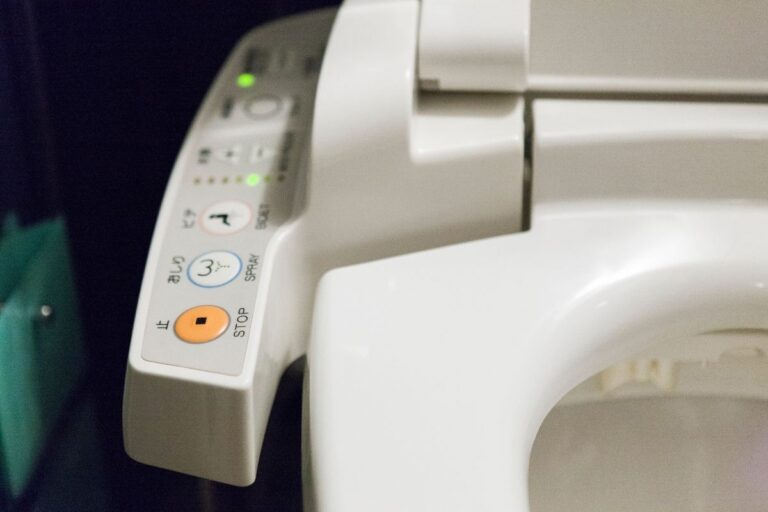If you’ve been studying Japanese with our language guides, you should have learned how to make a statement about an action in the past. For example, if you want to say “I wrote a letter,” you might say, “Tegami wo kakimashita.” However, not everything in the past is a one-time deal. What if you wanted to say, “I have written a letter”?
To be able to talk about something you “have done” in the past allows you to have a more sophisticated conversation than simply talking about one-time occurrences in your past. A basic elementary-level language conversation might go like this:
“What did you do yesterday?” = “Kinou nani wo shimashita ka?“
“I saw Toy Story 3.” = “Toy Story 3 wo mimashita.”
However, what if you wanted to tell someone that you have seen a particular movie? If you want to say you have done something, the sentence should end with “~ta koto ga arimasu.” Therefore:
“I have written a letter.” = “Tegami wo kaita koto ga arimasu.”
“I have seen Toy Story 3.” = “Toy Story 3 wo mita koto ga arimasu.”
“Koto ga arimasu” is difficult to translate directly, but it generally refers to something existing. By pairing it with the past tense conjugation of the verb, you’re saying that your having performed that action at an indeterminate time in the past exists. In other words you have performed that action.
The “~ta” form of a verb is simply the plain (sometimes called “casual”) past tense form of a verb. How you properly conjugate a verb depends whether the verb belongs to Group 1, Group 2 or Group 3.
Group 1 Verbs
Kaku, “to write,” is one example of a Group 1 Verb. In order to get the plain past tense of the verb, you must follow the same pattern you do when finding the “~te” form of the verb, only replace “~te” with “~ta.” In other words:
| Verb Ending | -“Ta” Form | Example Verb | Completed Plain Past Tense Form |
| -bu | -nda | yobu “to call” | yonda |
| -gu | -ida | oyogu “to swim” | oyoida |
| -ku | -ita | kaku “to write” | kaita |
| -mu | -nda | nomu “to drink” | nonda |
| -nu | -nda | shinu “to die” | shinda |
| -ru | -tta | tsukuru “to make” | tsukutta |
| -su | -shita | hanasu “to speak” | hanashita |
| -tsu | -tta | matsu “to wait” | matta |
| -u | -tta | au “to meet” | atta |
Group 2 Verbs
Group 2 Verbs, such as miru, “to see,” are much easier to conjugate. You simply remove the “~ru” at the end of the verb and add “~ta.”
| Group 2 Verb | Completed Plain Past Tense |
| miru“to see” | mita |
| shinjiru “to believe” |
shinjita |
| ageru “to give” |
ageta |
Irregular and Group 3 Verbs
Some irregular verbs do not follow any of these patterns. They include (note that kuru and suru are the two Group 3 Verbs):
| Irregular Verb | Completed Plain Past Tense |
| aisuru “to love” | aishita |
| iku “to go” | itta |
| irassharu “to be” (polite form) | irasshatta |
| kuru “to come”* | kita |
| suru “to do”* | shita |
No related posts.
Tags: japan, japanese language, verb conjugation



